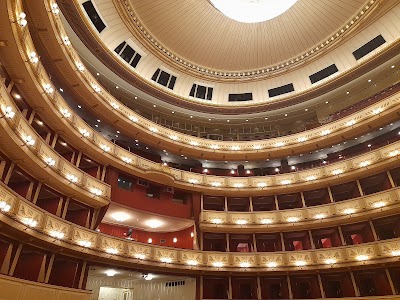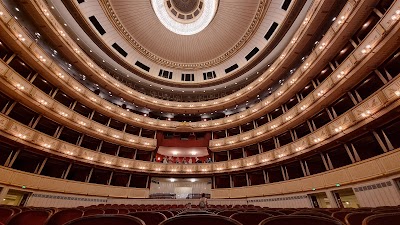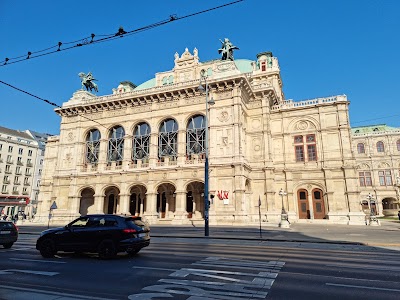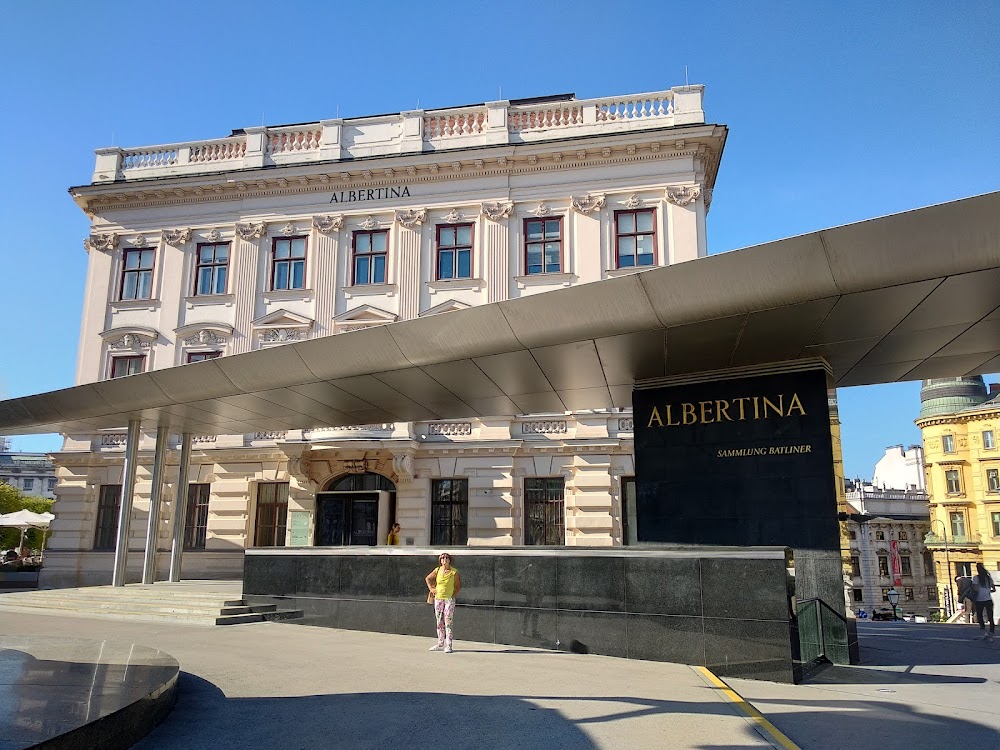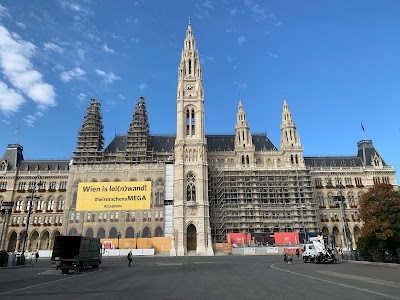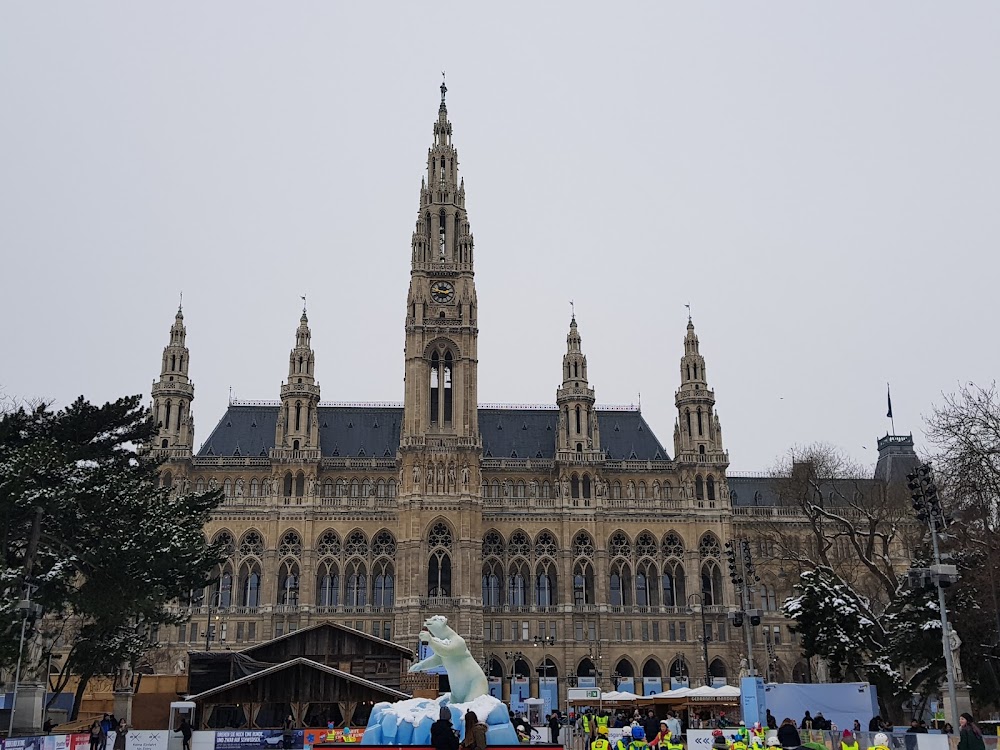Vienna State Opera (Wiener Staatsoper)
Related Places
Overview
The Vienna State Opera, or Wiener Staatsoper, stands as one of the globe's most illustrious opera houses, embodying elegance, opulence, and a rich history that stretches back to the 19th century. Nestled in the heart of Vienna, Austria, this cultural landmark draws tourists and music lovers from around the world, offering an unparalleled opportunity to experience world-class performances of both opera and ballet.
The origins of the Vienna State Opera date back to 1869, when it was inaugurated as the Vienna Court Opera under the patronage of Emperor Franz Joseph I. The grand opening featured Wolfgang Amadeus Mozart’s timeless opera, "Don Giovanni." The architectural design of this magnificent building was crafted by August Sicard von Sicardsburg and Eduard van der Nüll, who embraced the neo-Renaissance style that characterized many of Vienna's impressive public structures of that era. Despite its aesthetic grandeur, the opera house faced initial criticism for its design and location, earning the unflattering nickname "Sunken Box" due to its base being lower than the surrounding street level.
The significance of the Vienna State Opera is immeasurable. Throughout its storied history, it has welcomed some of classical music's most celebrated figures, including composers like Richard Strauss and Gustav Mahler, both of whom held directorial positions. The opera house has been associated with numerous world premieres and performances by legendary artists, solidifying its status as a pinnacle of musical excellence.
However, the Vienna State Opera's journey has not been without challenges. During World War II, the venue suffered extensive damage from a bombing raid in 1945, leaving parts of it in ruins. The auditorium and stage were devastated, though the front section, including the grand staircase, largely survived. Reconstruction efforts were swift and meticulous, aimed at restoring the opera house to its former glory. By November 1955, just ten years after the devastation, a grand reopening featured Beethoven's "Fidelio," marking not only the restoration of a building but also a symbolic revival of Vienna’s cultural heart following the war's turmoil.
Today, the Vienna State Opera remains a beacon of the city’s artistic heritage. The building itself is a marvel, boasting opulent interiors adorned with intricate frescoes, lavish chandeliers, and an impressive marble grand staircase. The main auditorium, with a seating capacity of over 1,700, is renowned for its exceptional acoustics and sightlines, ensuring that every performance is an immersive experience.
Visitors to the Vienna State Opera can enjoy more than just performances. Guided tours are available, offering a behind-the-scenes glimpse into areas rarely seen by the public, such as the stage machinery, orchestra pit, and dressing rooms. These informative tours showcase the meticulous craftsmanship and technical expertise that contribute to the seamless execution of each production.
An interesting tradition linked to the Vienna State Opera is the Vienna Opera Ball, held annually in the grand hall of the opera house. This glamorous event transforms the performance space into an elegant ballroom for one night, making it a highlight of Vienna's social calendar and attracting aristocrats, celebrities, and dignitaries from all around the world.
Another remarkable aspect of the Vienna State Opera is its commitment to accessibility and inclusivity. With a range of ticket prices designed to make performances available to a broader audience, the opera house also broadcasts select performances live on a large screen outside the venue. This initiative allows both locals and tourists without tickets to immerse themselves in the enchanting atmosphere of a night at the opera.
In terms of repertoire, the Vienna State Opera boasts an impressively diverse program, staging around 50 different operas and 10 ballet productions each season. This variety ensures that there is something for every taste, from classic masterpieces by composers like Verdi, Puccini, and Wagner to contemporary works that challenge the boundaries of the genre.
In conclusion, the Vienna State Opera is more than just a venue for music; it is a living testament to Vienna's enduring love affair with art and culture. Whether you are an opera aficionado, a casual enthusiast, or a curious traveler, a visit to this iconic institution promises a rich and memorable experience. A night at the Vienna State Opera is not merely a performance; it is a journey into the heart of Vienna's storied cultural legacy.


